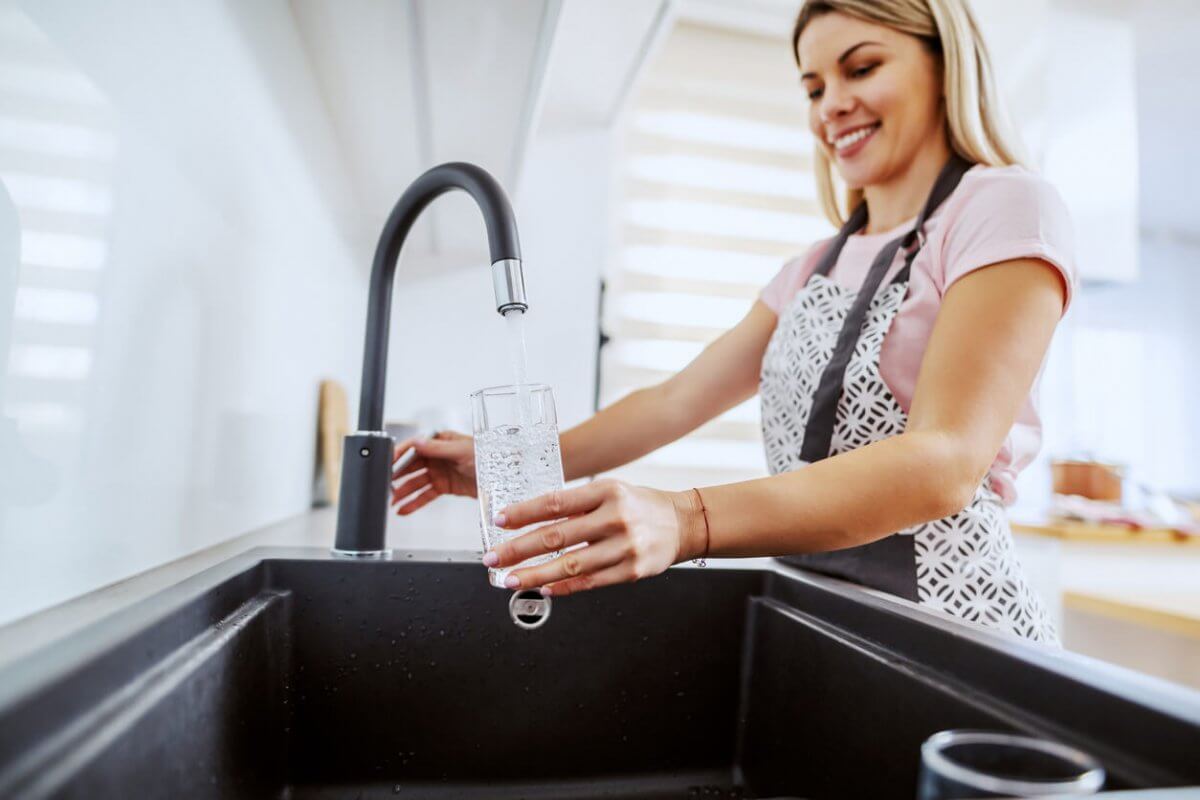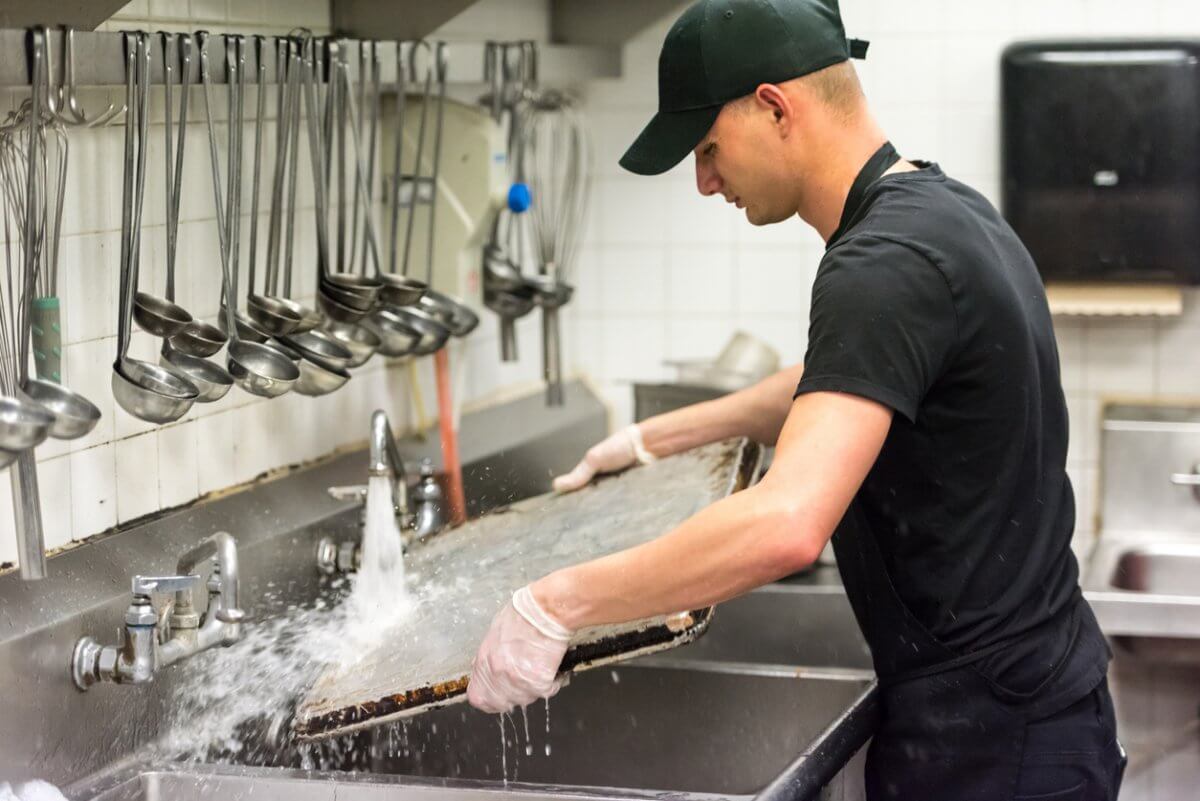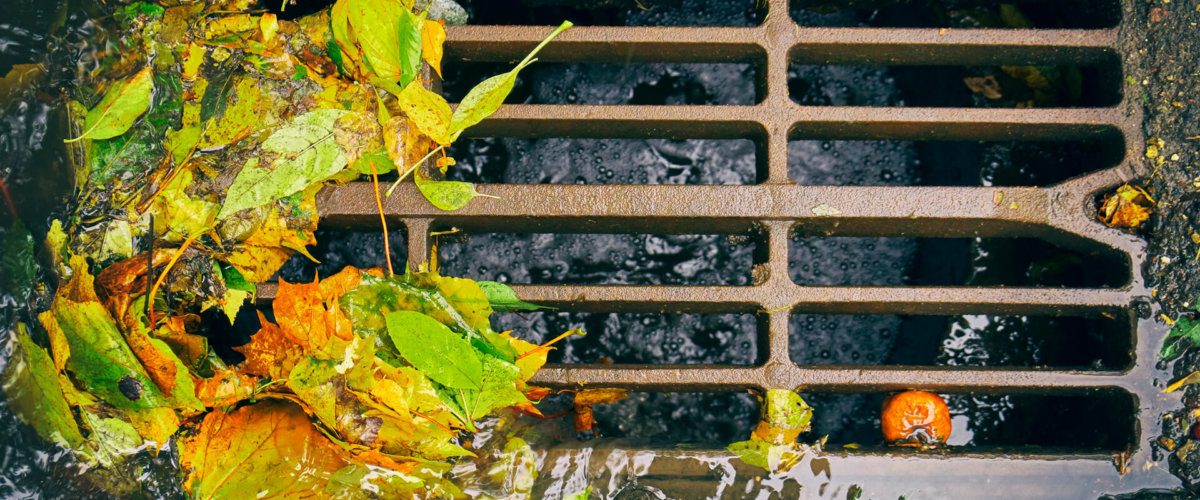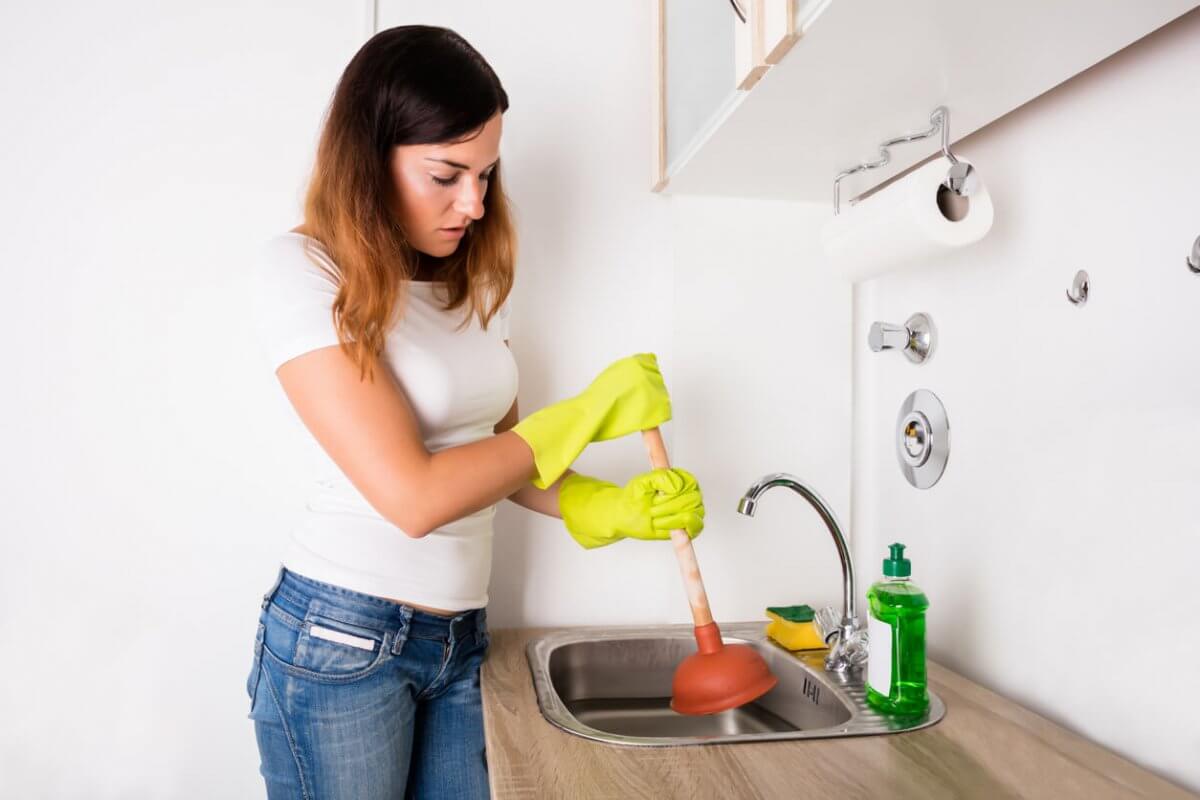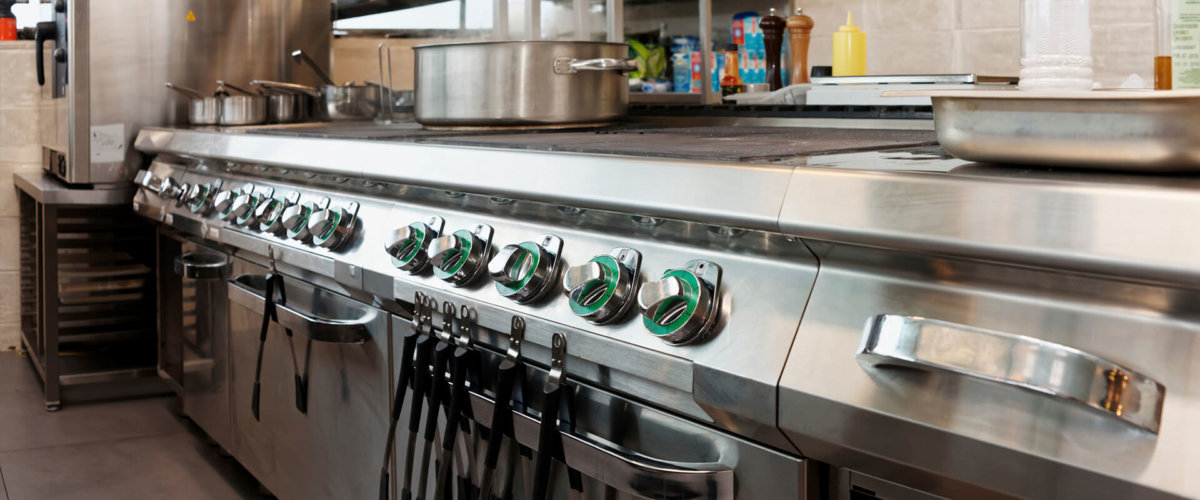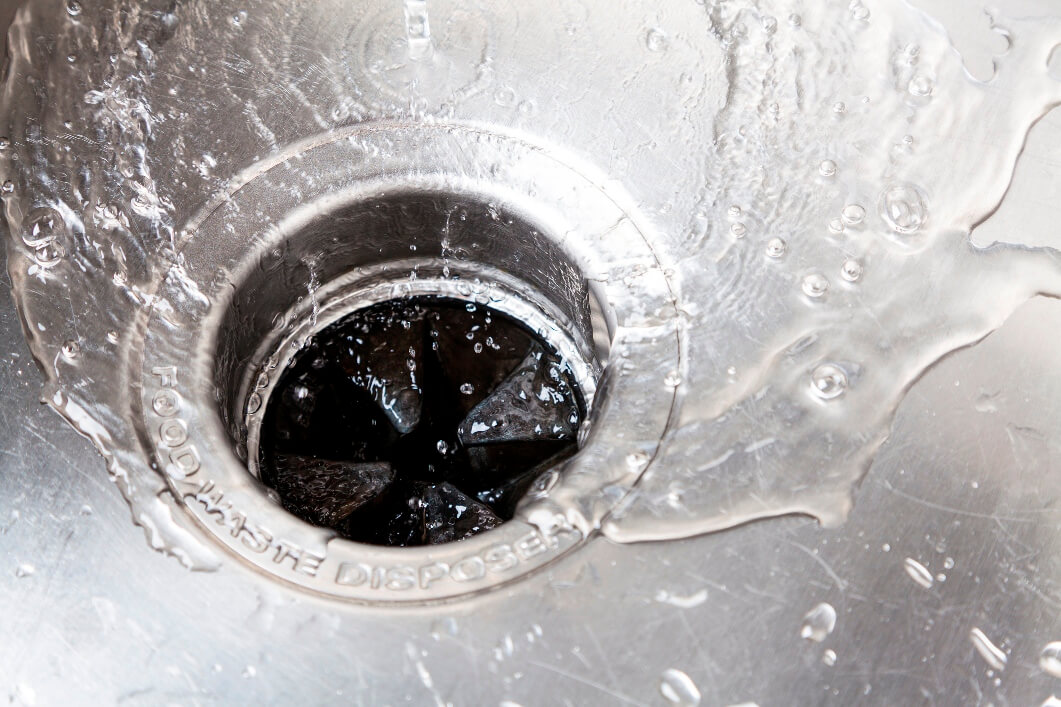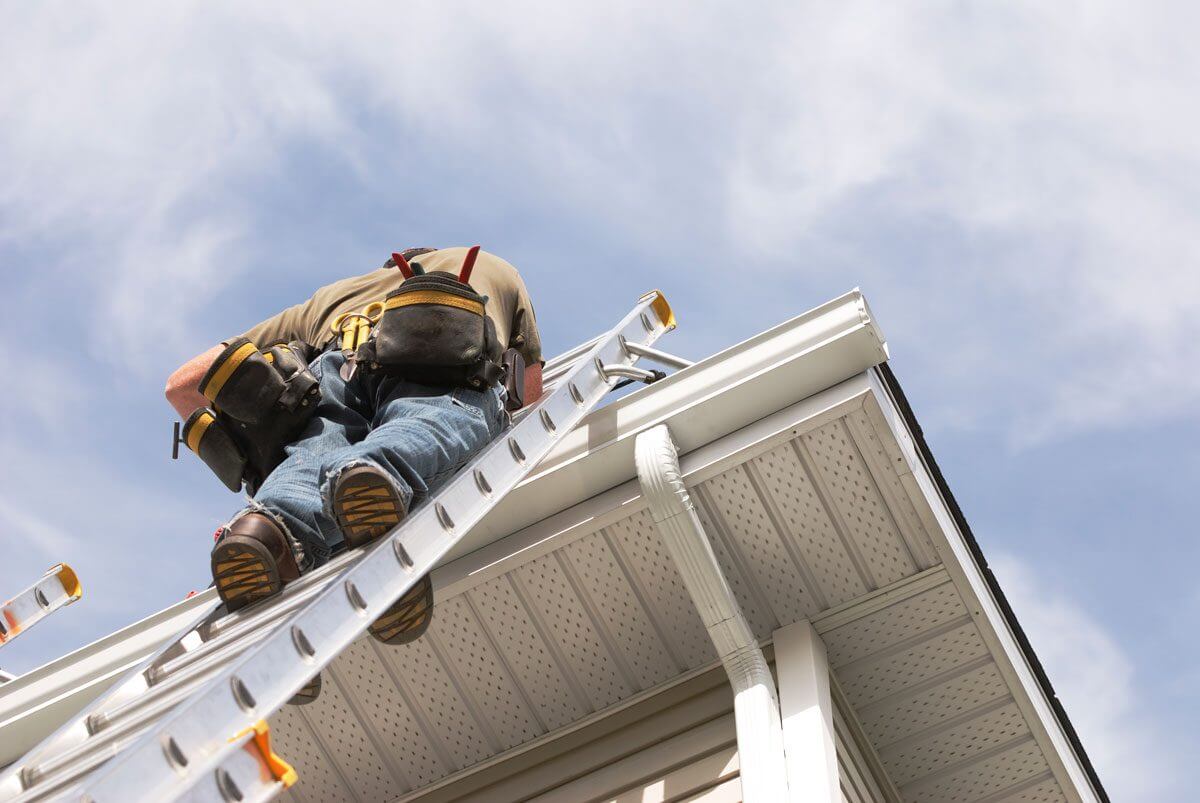Have you noticed a change in the taste, smell, or colour of your drinking water? Don’t let worries about wasting water keep you from cleaning your rainwater tank. Envirovac may be able to sort you out without sacrificing its contents.
As you may know, the Auckland region is facing a water shortage due to a severe drought that took hold in 2019 and saw the city’s total water storage plummet to around 45 percent. Watercare has since been urging consumers to become “water-saving heroes,” which has some people wondering whether cleaning their tanks is a good idea, fearing it will require draining the tank and dumping the water.
While water is a precious resource, dirty drinking water is disgusting – and an even greater danger. Dirt, leaves, pollen, animal faeces, and other materials – primarily from your gutters – can fall into your tank and build up at the bottom, forming a bacteria-laden sediment, which over time then thickens into a sludge. Gross!
Consuming contaminated water is not only unpleasant to your senses but can also cause serious illness, exposing you and your family to harmful germs and parasites such as Giardia, Salmonella, E. coli, Campylobacter, and Cryptosporidium. Letting your water tank go too long without a cleaning presents a significant health hazard, particularly for young children, the elderly, and those with compromised immune systems.
How often does your water tank need cleaning?
According to the Ministry of Health, tanks should be inspected annually and cleaned if necessary. Ideally, tank cleaning should be performed by professional tank-cleaning contractors. You never know what could have fallen in there and be rotting away – we had a case where we retrieved the skeleton of a dog (yes, this really happened) – and all the while, you’re drinking the water it’s been steeping in!
The good news is that if your tank has been regularly serviced as recommended, as in, within the last 12 to 14 months, Envirovac can use a vacuum-suction method to remove the sediment without emptying the tank of water. A win for you and the council water supply, it’s a bit like cleaning a swimming pool.
We access your tank through the manhole, sucking up the sediment from the bottom of the tank without having to get inside it. Generally, this takes less than an hour, water loss is minimal, and you don’t even need to be home for us to do it. Our expert team uses the latest vacuum pump designed specifically for this purpose, powerful enough to remove heavy waste that can challenge other systems. Our experienced technicians are also happy to discuss any aspect of caring for your water supply, including maintenance and problem prevention.
Bear in mind that if it’s been longer than that, we will have to drain your tank, get inside it and deep-clean it, vacuuming the sludge, cleaning the bottom and walls, then flushing it with fresh water. However, summertime is typically when your water tank level is at its lowest, and because we’ve had dry weather as expected, hopefully you won’t lose too much. Of course, you can still use your tank water for things other than drinking, bathing, and cooking, such as watering your garden or washing your car.
But don’t let your hygiene levels become so lax as to be dangerous – your health and your family’s are too important to take chances with.
Pressed for time? We can also arrange for your tank to be refilled by our water supplier partner, usually same day, ensuring minimal delay between cleaning and filling and saving you the hassle of organising it yourself.
To ensure your water is clean, fresh, and great-tasting year-round, contact Envirovac today!
